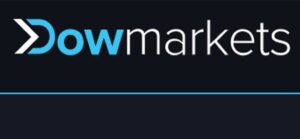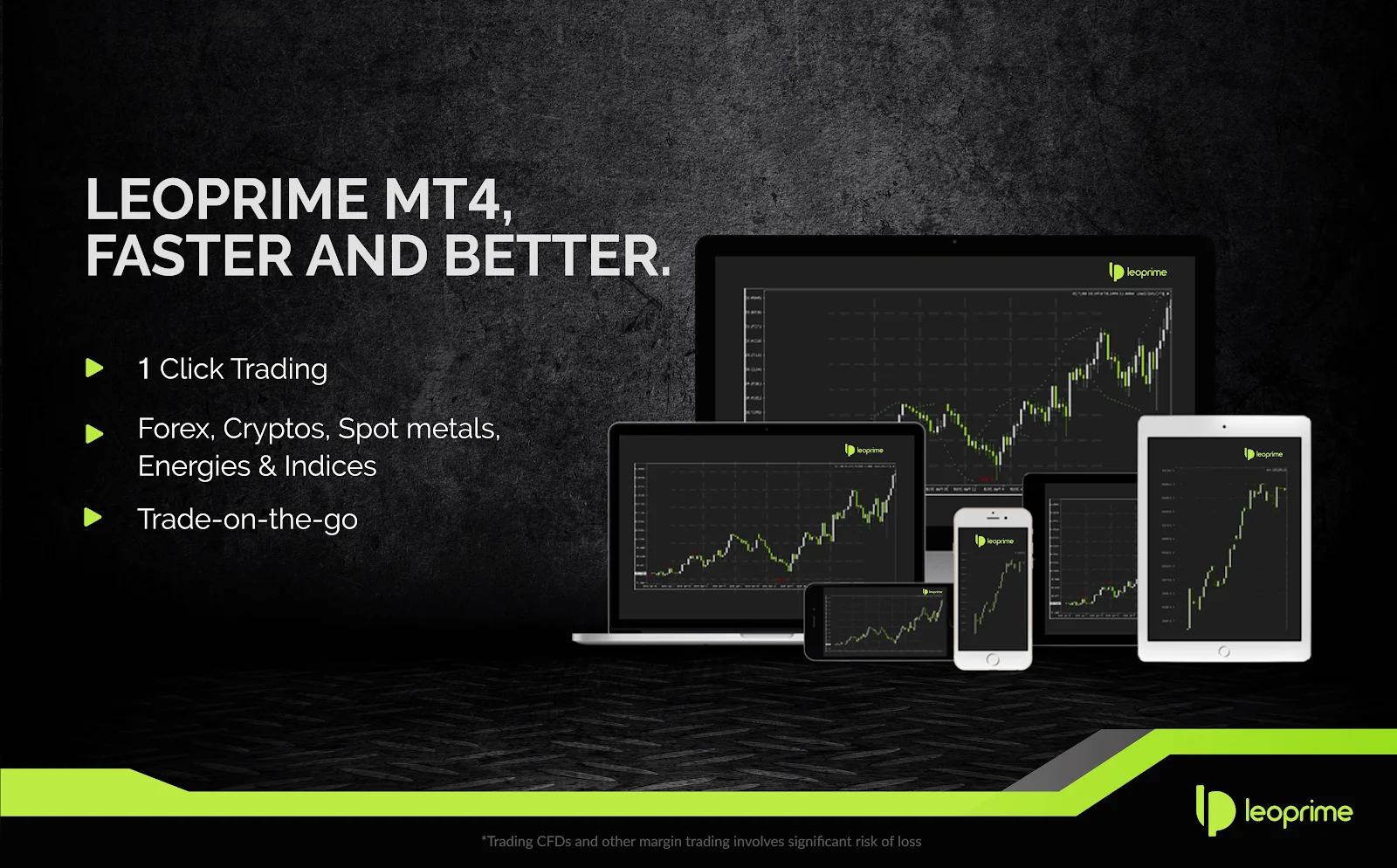Contents
Access to Electronic Services may be limited or unavailable during periods of peak demand, market volatility, systems upgrade, maintenance, or for other reasons. An ETF provider creates an ETF based on a particular methodology and sells shares of that fund to investors. The provider buys and sells the constituent securities of the ETF’s portfolio. While investors do not own the underlying assets, they may still be eligible for dividend payments, reinvestments, and other benefits. Stock ETFs comprise a basket of stocks to track a single industry or sector. The aim is to provide diversified exposure to a single industry, one that includes high performers and new entrants with potential for growth.
In creating the fund, APs assemble the required portfolio of asset components and turn the basket over to the fund in exchange for a number of newly created ETF shares. When the need for redemption arises, APs return the ETF shares to the fund and receive the portfolio basket. Individual investors can participate by using a retail broker who trades in the secondary market. Commodity ETFs – hold physical commodities, such as agricultural goods, natural resources, or precious metals. Gains from ETFs are taxed the same way their underlying assets are taxed.

For this and for many other reasons, model results are not a guarantee of future results. Standard online $0 commission does not apply to over-the-counter equities, transaction-fee mutual funds, futures, fixed-income investments, or trades placed directly on a foreign exchange or in the Canadian market. Options trades will be subject to the standard $0.65 per-contract fee. Service charges apply for trades placed through a broker ($25) or by automated phone ($5).
However, 31% of the EDHEC 2019 survey respondents still require additional ETF products based on sustainable investment, which appears to be their top concern. Most ETFs are index funds that attempt to replicate the performance of a specific index. Indexes may be based on the values of stocks, bonds, commodities, or currencies.
Help your money grow at Vanguard
All financial products, shopping products and services are presented without warranty. When evaluating offers, please review the financial institution’s Terms and Conditions. If you find discrepancies with your credit score or information from your credit report, pacific financial derivatives background and safety please contact TransUnion® directly. If you’re ready to start investing in ETFs on your own, you’ll need to have a brokerage account to do so. Brokerage accounts are where your investments live; just because you have one does not mean you’re invested in anything.
A sector or industry ETF tracks an index of companies operating within the same industry. For example, the AI and robotics sector has the Robo-Stox Global Robotics & Automation Index ETF, which tracks stocks related to autonomous transportation, robotics and automation, and more. You can use currency ETF to trade the economic health of regions – such as the EU – or emerging market economies. They can also be used as hedge against inflation and foreign asset risk. For example, physical replication makes it easier to see what you are invested in and is generally considered less risky than synthetic replication. However, there are some markets where physical replication is impossible or hugely inefficient.
Expenses
The scoring formula for online brokers and robo-advisors takes into account over 15 factors, including account fees and minimums, investment choices, customer support and mobile app capabilities. Exchange traded funds can vary significantly when it comes to cost. The median price of the most popular ETFs by trading volume is $59.42. The most expensive ETF in that list tops out at $473.56 and the lowest comes in at $3.43. That range may feel intimidating, but it also means there is an ETF for every budget. It may help to outline how much you’re willing to spend on an ETF before you dive in.
ETFs have administrative and overhead costs which are generally covered by investors. These costs are known as the “expense ratio,” and typically represent a small percentage of an investment. The growth of the ETF industry has generally driven expense ratios lower, making ETFs among the most affordable investment vehicles.
Commodity ETFs invest in commodities such as precious metals, agricultural products, or hydrocarbons such as petroleum. Securities and Exchange Commission and they need an SEC no-action letter under the Securities Exchange Act of 1934. They may, however, be subject to regulation by the Commodity Futures Trading Commission. Government bond ETFs thrive during economic recessions because investors sell stocks and buy safer treasury bonds. ETFs replicate indexes and such indexes have varying investment criteria, such as minimum or maximum market capitalization of each holding.
- Some index ETFs invest 100% of their assets proportionately in the securities underlying an index, a manner of investing called replication.
- These ETFs offer higher risk and reward potential than cash investments.
- ETNs, on the other hand, aren’t registered as investment companies because they’re corporate debt and don’t hold an underlying portfolio of assets.
- The tax treatment of ETPs varies depending on the nature of the product, and not all ETPs offer the same tax efficiencies.
- In this example, the AP is buying stock on the open market worth $100 per share but getting shares of the ETF that are trading on the open market for $101 per share.
When you hold shares of an ETF, you generally pay an annual management fee. This takes the form of an expense ratio , equal to a percentage of the value of your ETF shares on an annualized basis. Analysts at Morningstar, Inc. claimed in December 2015 that “ETFs are a ‘digital-age technology’ governed by ‘Depression-era legislation”. Thematic ETFs typically focus on long-term, societal trends, such as disruptive technologies, climate change, or shifting consumer behaviors. Some of the most popular themes include cloud computing, robotics, and electric vehicles, as well as the gig economy, e-commerce, and clean energy.
Companies are subject to risks including country/regional risk and currency risk. An ETF is a collection of hundreds or thousands of stocks or bonds, managed by experts, in a single fund that trades on major stock exchanges, like the New York Stock Exchange and Nasdaq. ETFs are subject to market fluctuation and the risks of their underlying investments. This fee will vary, but typically is an asset-based fee of 0.10% per annum of the assets held at Schwab.
Investing in ETFs Versus Mutual Funds
This geared exposure is usually for a specific period, like one day or one month, and such products are generally not designed to be held for periods that deviate from that. Some ETPs can offer https://traderevolution.net/ a convenient and cost-effective way for investors to diversify their portfolio. Others, however, do not—such as single stock ETFs or ETNs that are tied to a narrow index or esoteric benchmark.
Because ETFs are exchange-traded, they may be subject to commission fees from online brokers. Many brokers have decided to drop their ETF commissions to zero, but not all have. Commodity ETFs invest in physical commodities such as natural resources or precious metals. Commodity ETFs give you either ownership in the fund’s physical stockpile of a commodity or give you equity in companies that produce a commodity or commodities.

When an AP sells stocks to the ETF sponsor in return for shares in the ETF, the block of shares used in the transaction is called acreation unit. For example, if an ETF tracks the S&P 500 Index, it might contain all 500 stocks from the S&P, making it a passively managed fund that is less time-intensive. However, not all ETFs track an index in a passive manner, and may therefore have a higher expense ratio. Actively managed ETFs typically do not target an index of securities, but rather have portfolio managers making decisions about which securities to include in the portfolio. These funds have benefits over passive ETFs but tend to be more expensive to investors.
Top 10 New Year’s Investing Resolutions
If this is the case, an Authorized Participant will want to buy the creation basket and will pay $32.00 and exchange it with the ETF manager for a part of the creation unit. The AP now has shares of the ETF that it can sell in the market at the market 5 tips for finding developer jobs during price of $32.15 and profit $0.15 per share. This process occurs in large blocks called creation units, often equalling 50,000 shares of the ETF, in a one-to-one rate, one basket of the underlying stocks in exchange for one basket of ETF shares.
What Is an ETF? How Do They Work?
The shareholders indirectly own the assets of the fund, and they will typically get annual reports. Shareholders are entitled to a share of the profits, such as interest or dividends, and they would be entitled to any residual value if the fund undergoes liquidation. Vanguard ETF Shares are not redeemable directly with the issuing fund other than in very large aggregations worth millions of dollars. When buying or selling an ETF, you will pay or receive the current market price, which may be more or less than net asset value. All investing is subject to risk, including the possible loss of the money you invest. Diversification does not ensure a profit or protect against a loss.
Understanding Exchange-Traded Funds (ETFs)
Other ETPs may be liquidated for various reasons as well, which in some cases can occur with little warning. For more information about the tax treatment of a particular ETP, make sure to read the prospectus or pricing supplement. Consult a tax professional if you need clarification of tax implications before making an investment. The return on an ETN generally depends on price changes, if the ETN is sold prior to maturity, or on the payment, if any, if the ETN is held to maturity or redeemed.
ETFs and mutual funds share some similarities, but there are important differences between these two fund types, especially when it comes to taxes. When you invest in a mutual fund, you own a share of the underlying assets, which is not the case with ETFs. Shares of ETFs trade on exchanges throughout the day, while mutual funds may only be bought or sold at the end of the trading day. As with a mutual fund, each share of an ETF represents an undivided interest in the underlying assets. ETFs and mutual funds also both offer professional management, so you don’t have to keep track of every security your fund owns. However, ETFs are different in that they can be traded throughout the day on an exchange at a market-determined price.
How to pick the right ETF for you
Once you’ve determined your investment goals, ETFs can be used to gain exposure to virtually any market in the world or any industry sector. You can invest your assets in a conventional fashion using stock index and bond ETFs, and adjust the allocation in accordance with changes in your risk tolerance and goals. You can add alternative assets, such as gold, commodities, or emerging stock markets. You can move in and out of markets quickly, hoping to catch shorter term swings, much like a hedge fund. The point is, ETFs give you the flexibility to be any kind of investor that you want to be.
If you want to know who the largest fund management companies in the world are, here is a list of the top 10 fund companies ranked by assets under management (from etf.com). An ETF provides investors with access to hundreds of stocks, thus helping with diversification. While similar to the creation and redemption mechanism for other ETPs, ETNs don’t use APs. Instead, an ETN issuer has primary control over ETN issuance and redemption, as this directly impacts the issuer’s balance sheet. Other risks of ETNs include the risk of issuer default or other issuer actions that may impact the price of the ETN. Unlike ETFs, ETNs don’t hold assets—they’re debt securities issued by a bank or other financial institution, similar to corporate bonds.

